What exactly is salt?
Salt is an inorganic compound that is made up of 60% chloride and 40% sodium, which comes together to form those beautiful white crystals that you usually see in your salt shaker. It is commonly used as a preservative in food and to enhance flavour. Both chloride and sodium are important for our body to function normally. [1]
The focus of this article will be sodium.
What is all the fuss about sodium and why do we need it?
Sodium is a mineral that is pivotal in maintaining regular muscle and nerve function, and also helps keep our body fluids in a normal balance. Without sodium, we would not be able to even move our muscles and our heart would not be able to pump blood throughout the body. [2,7]
Now coming back to our original question. How much salt is too much?
WHO has advised adults to consume not more than 1 teaspoon of salt per day, which is around 5 grams of salt or 2000 mg of sodium. According to the Recommended Nutrient Intakes for Malaysia 2017, Malaysian adults only require 1500mg of sodium each day. The WHO recommendation was based on evidence that states that consuming less than 2g of sodium a day would reduce blood pressure and thus also reducing the risk of cardiovascular diseases, stroke and heart attacks in adults. [4,9]
It is important to note that these recommendations also apply to healthy individuals. Studies have shown that excessive consumption of sodium (>5 grams per day) increased blood pressure, and has been linked to hypertension and many cardiovascular complications. Another study showed that a small reduction in salt intake for four or more weeks caused a significant fall in blood pressure for both healthy individuals and people with hypertension irrespective of age and gender.
Coming back to the Malaysian context, 1 in 3 Malaysians are hypertensive and studies show that most of us consume more than 1 teaspoon of salt a day! A study conducted amongst staff members from the Ministry of Health, Malaysia found that the average consumption of salt was 7.15 grams a day whereas it was even higher among young adults in Malaysian universities whereby they consumed an alarming 10.8 grams of salt per day! Hence, even if you’re currently healthy with normal blood pressure, you ought to pay attention to your salt intake! [5,6]
Hidden Salts
Now let’s say that you cook most of your meals at home and you do not consume more than 1 teaspoon of salt from all the meals that you’ve prepared, you are still not out of the woods yet.
There is still a big food group that is the processed foods which we have to be weary about. The most effective method to reduce salt intake is to reduce the consumption of processed food. A whooping 71% percent of our salt intake comes from processed food and food purchased outside while only 6% of our daily salt intake comes from the salt we add to cooking, with a further 5% from salt added after the food is served. [3]
What are the types of food that are packed with salt?
Processed food groups such as gravy and sauce contain the highest amount of salt that is 3.97g/100g followed closely by canned soup (2.95g/100g). Other types of high salt containing foods are processed meat, savoury snacks, instant noodles, salted biscuits and preserved food such as pickles, anchovies and dried prawns. [3]
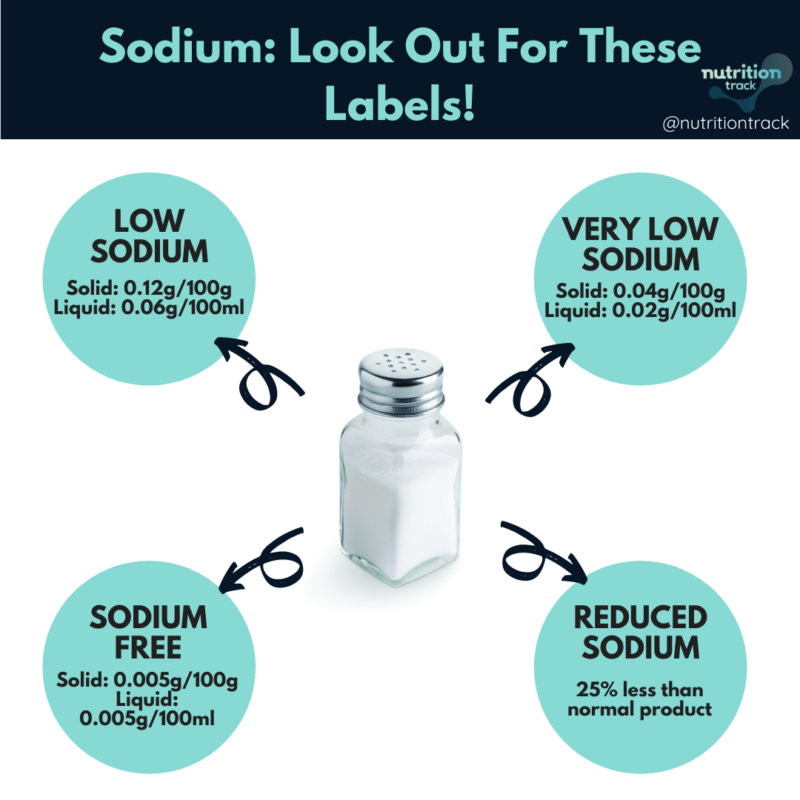
Tips to reduce salt intake [3,6,9]
With all of that in mind, what can you actually do to lower your salt intake?
- Use spices and fresh herbs to enhance the flavour of your food to replace salt.
- Try to limit the usage of soy sauce, ketchup and gravies in your cooking.
- Read and compare food labels to find foods with lower sodium content. Do note that there are other names for salt on food labels such as sodium chloride, sodium nitrate, monosodium glutamate (MSG), sodium benzoate, baking soda, disodium phosphate, sodium propionate and others.
- Bring home cooked meals to work (you would have more control over your salt intake).
- Increase your intake of fruits and vegetables as snacks instead of processed food.
Do athletes need more salt? [10, 11, 12]
Do athletes or people who work out regularly actually need to take extra salt in their diet?
The answer is no, not necessarily.
On average, we consume sufficient sodium in our diet. However, it also depends on the individual. Individuals who have a high sweat rate (sweat a lot) and have a high sweat sodium concentration (sweat that contains a lot of salt) may be required to modify their refuelling strategies by consuming drinks that contain electrolytes and water at regular intervals.
Will using other types of salt make a difference? [8]
I can imagine that some of you have already been thinking about this.
Using Himalayan salt is healthier, right?
Well, the answer is no, not exactly. There are many different types of salt in the market other than the conventional table salt such as Kosher salt, sea salt, Himalayan pink salt, Hawaiian salt, bamboo salt and others. All of these actually contain similar amounts of sodium, so it does not make much difference to your total sodium intake.
What about the minerals in these “healthier” salts? Well, to put things into perspective, you are only using a pinch in your cooking. Salt is not where you’re going to get most of your minerals from.
It is important that you stay in control and be mindful of your daily salt intake. At Nutrition Track, our advice is that it is ok to add salt to your food, but just don’t go overboard. It can make a huge difference that your future self will thank you for!
Written by Nathaniel Keshan Rajah ~ an avid runner with a passion for nutrition and chronic disease management, student dietitan at IMU and intern at Nutrition Track


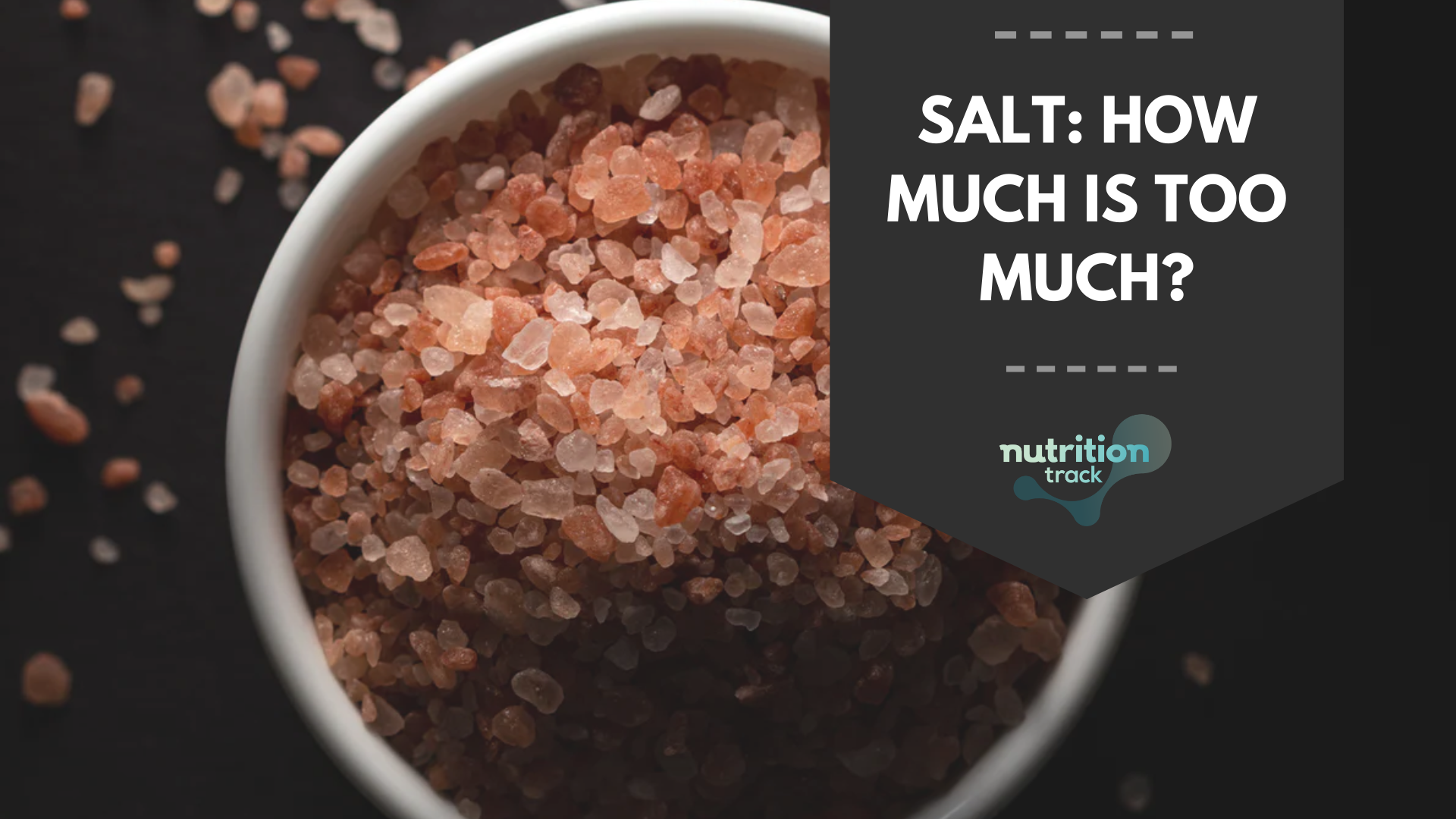
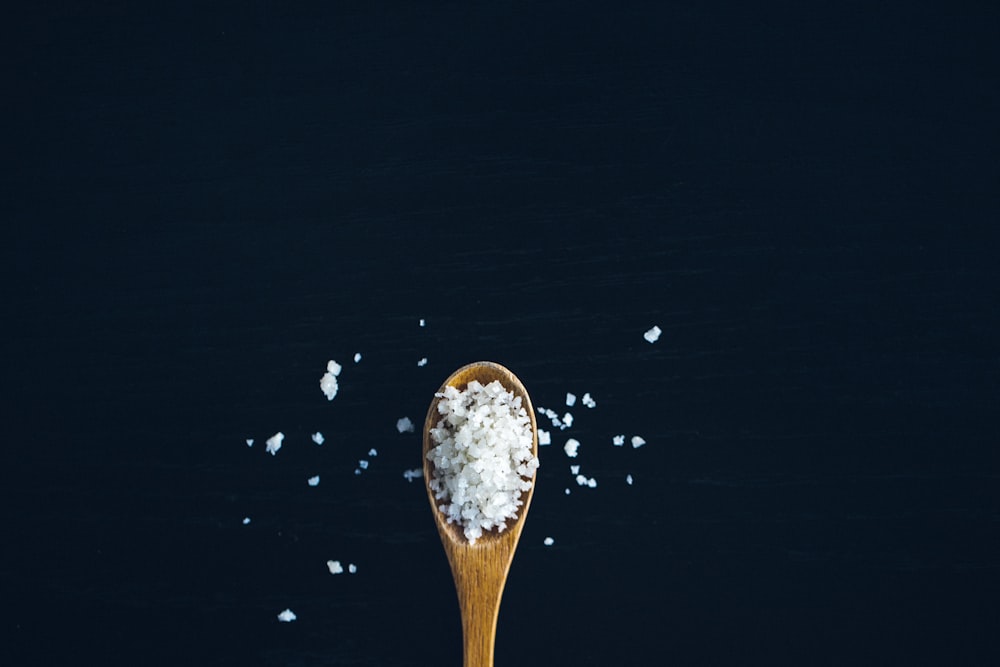
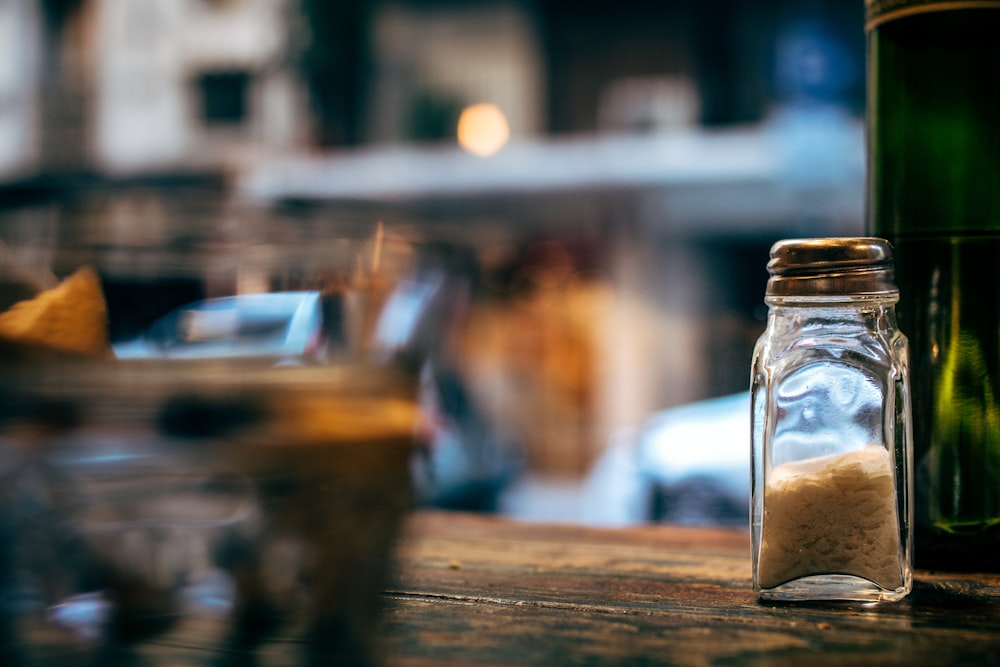
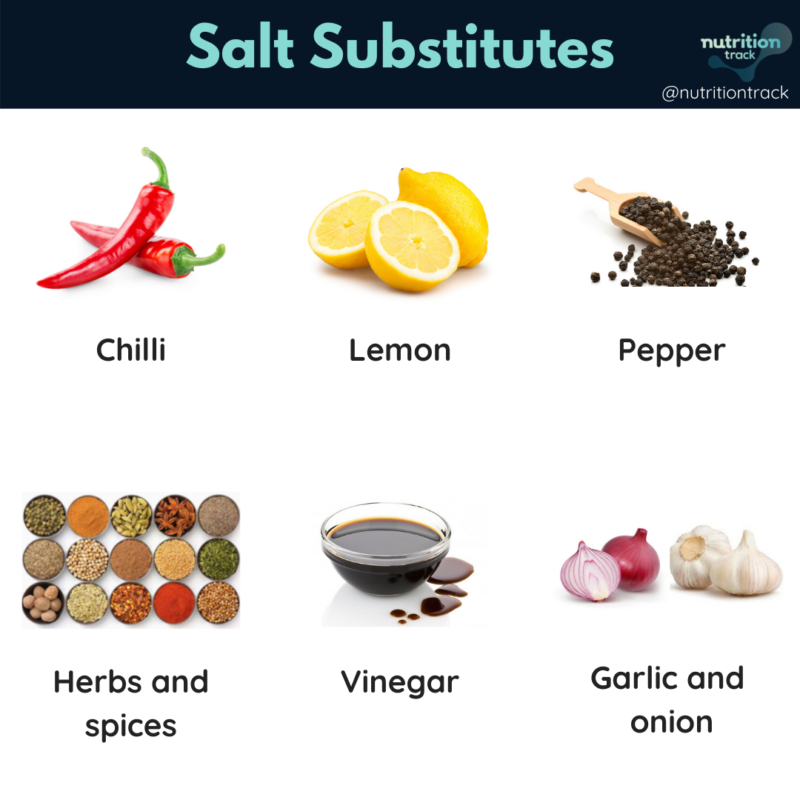
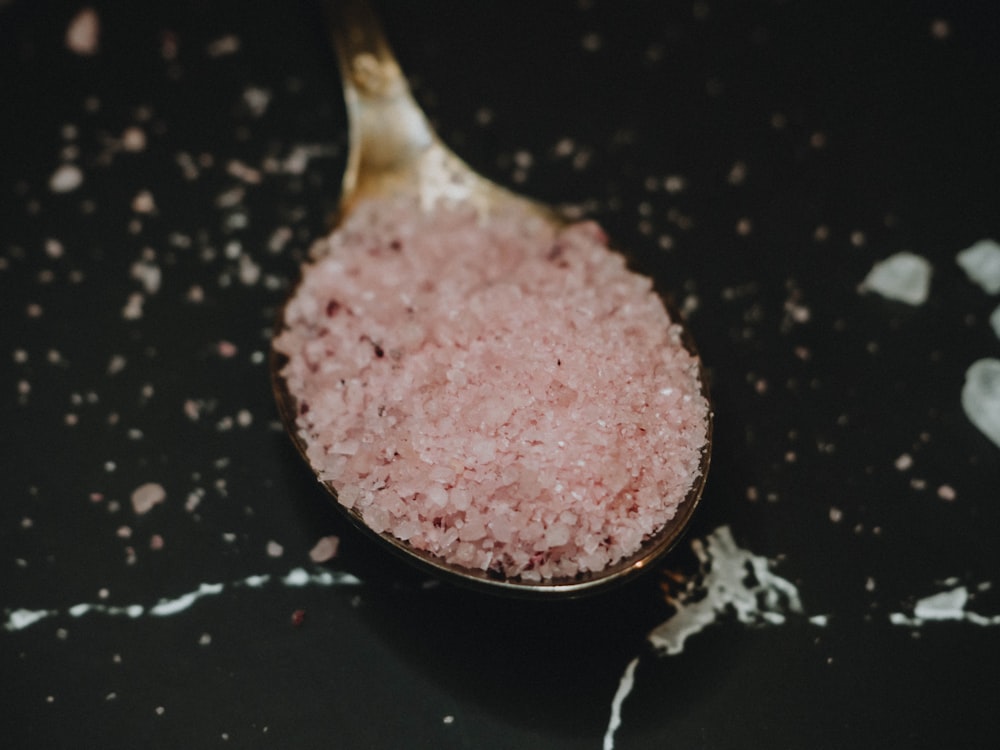
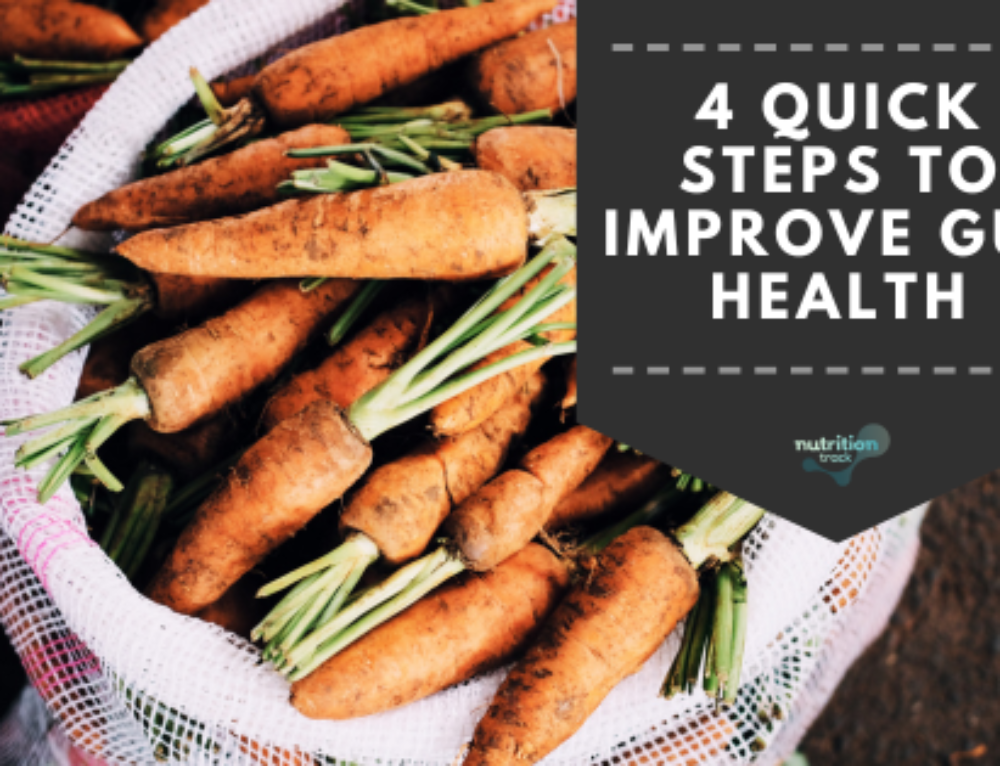


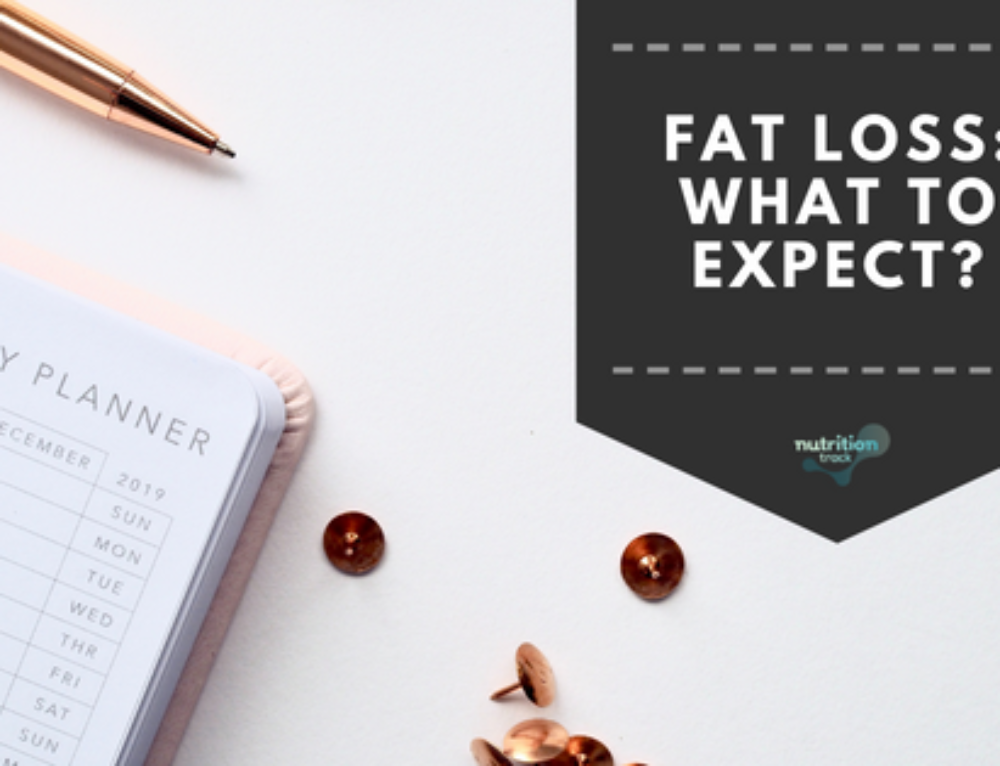
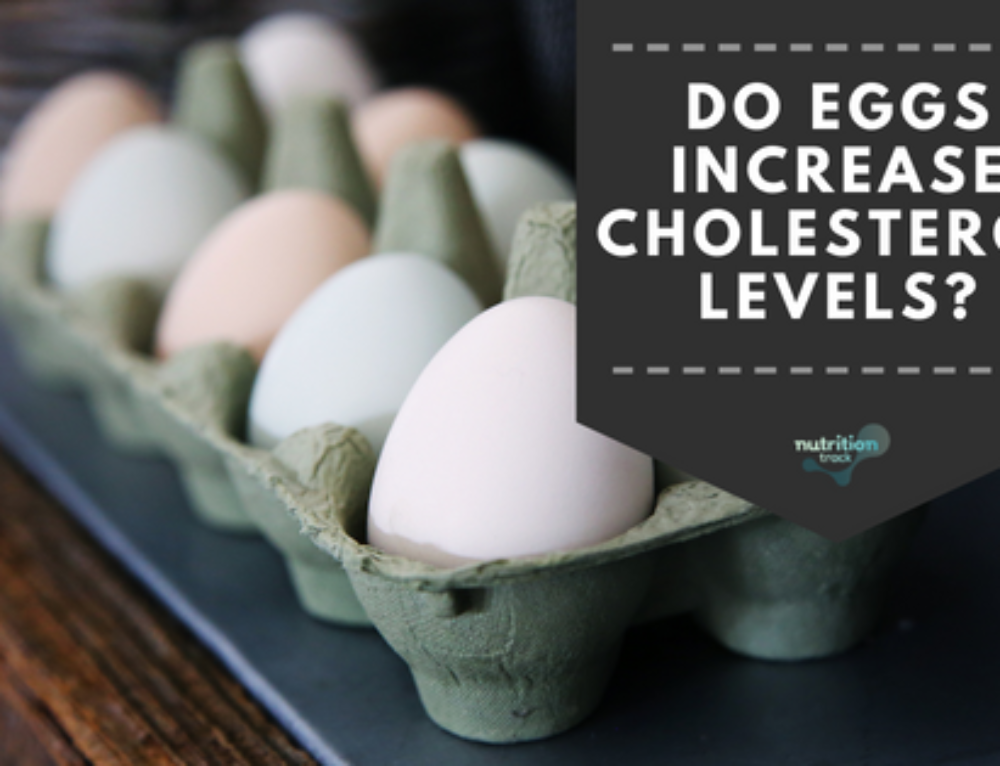
Leave A Comment